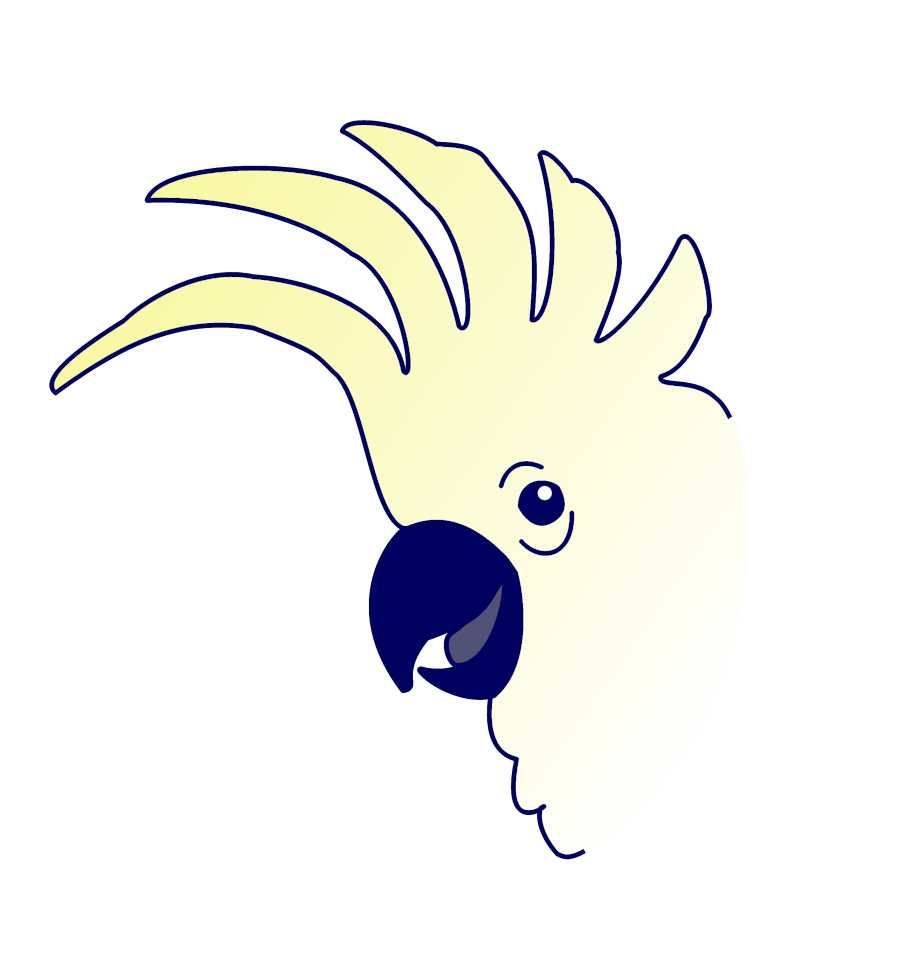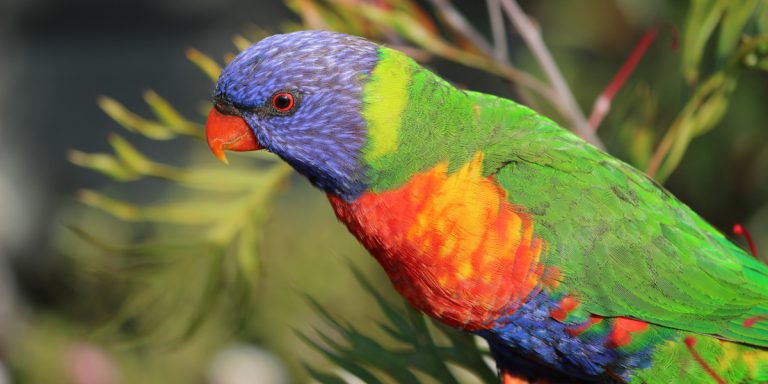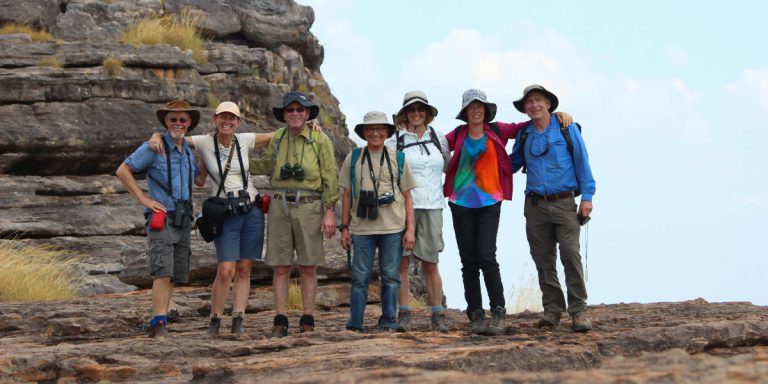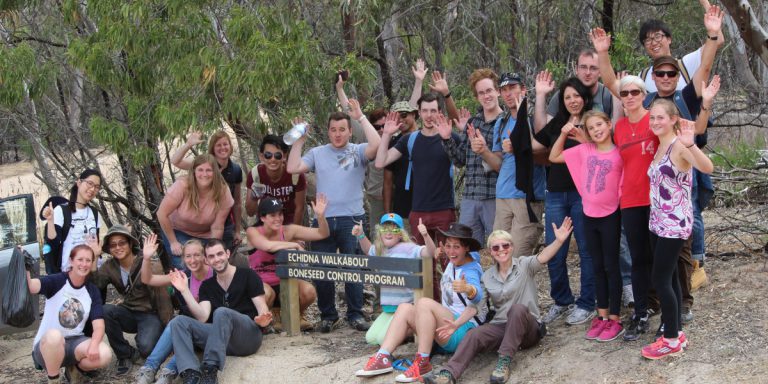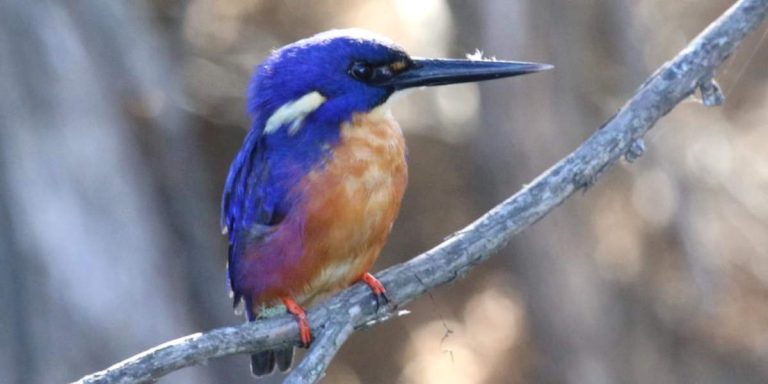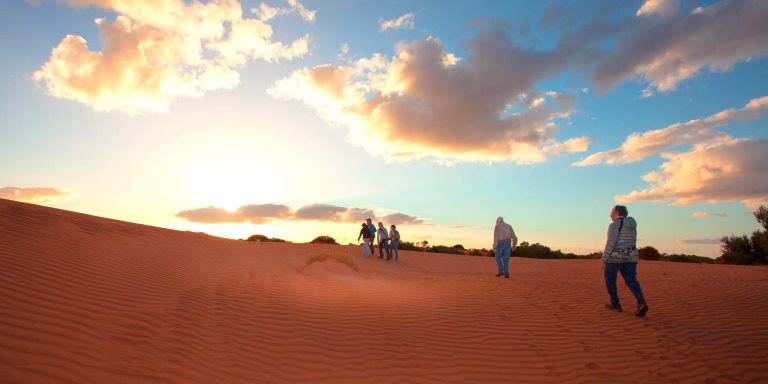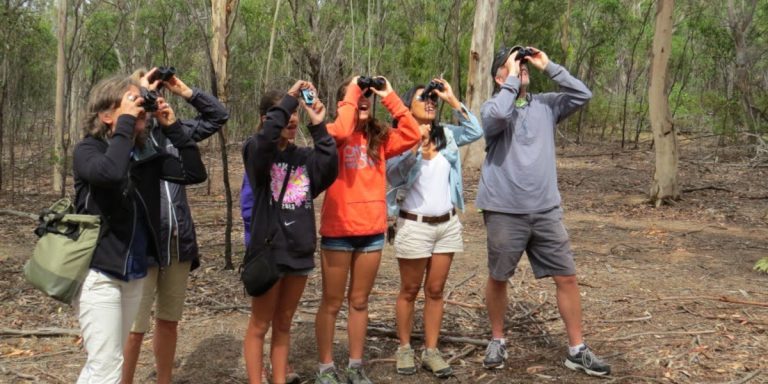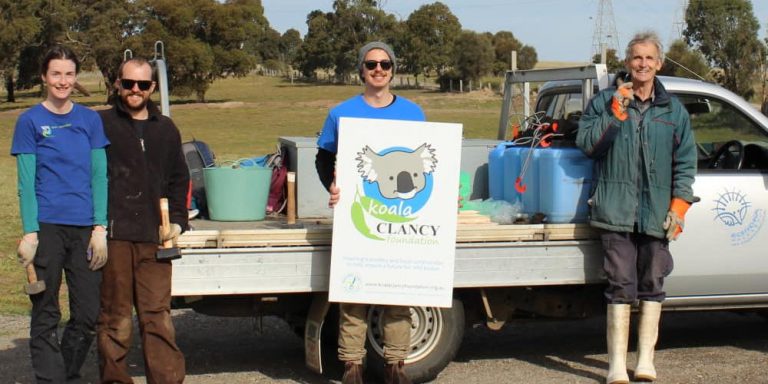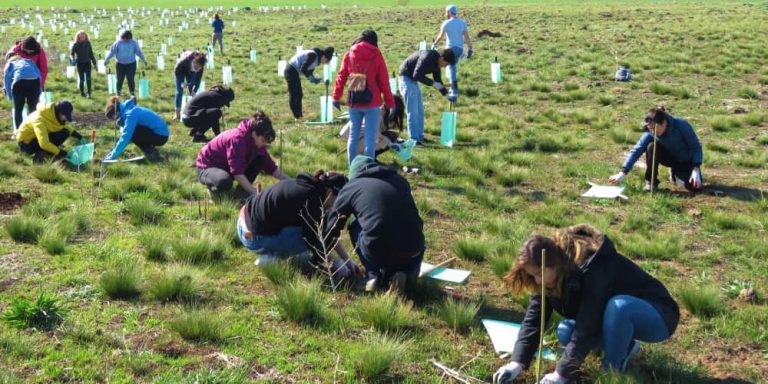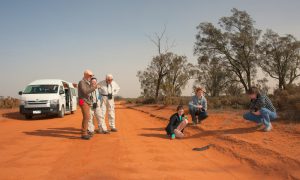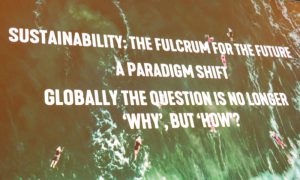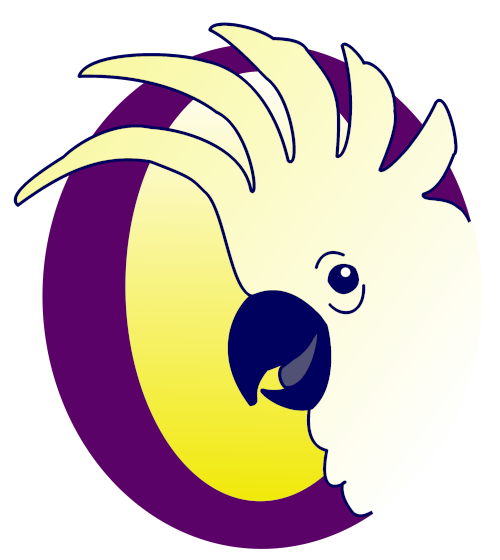Bird of the Month Black Swan January 2022
How much do we really know about one of Australia’s great icon birds?
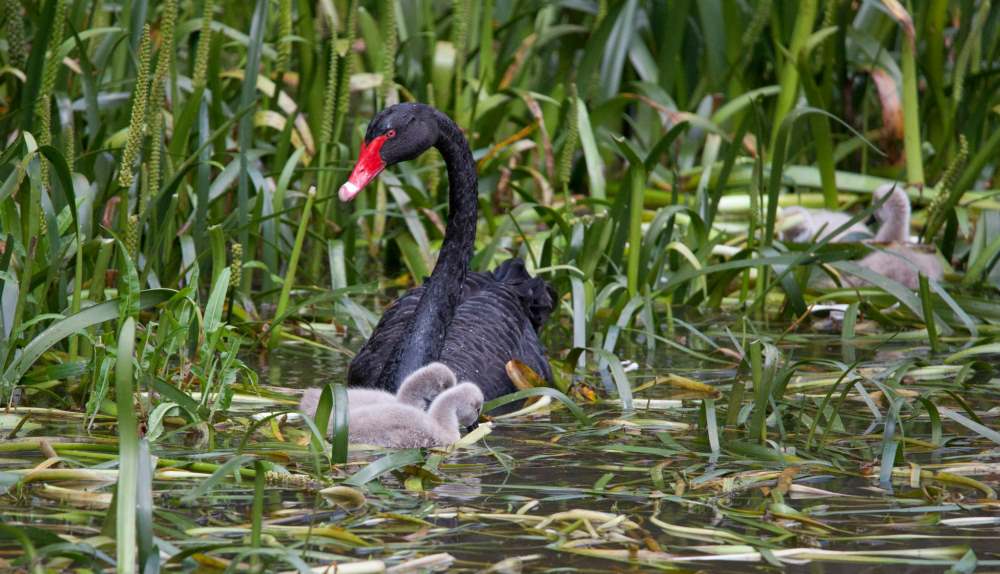
Years ago when I first started travelling to the Northern Territory Top End a lot, I was surprised at how many people would say “Oh you must love it up there, so many birds”. Well, yes but …. no. The birds are different and wonderful, yes, but there’s not more of them.
I always replied: “the Top End is wonderful for birds, but so is East Gippsland.”
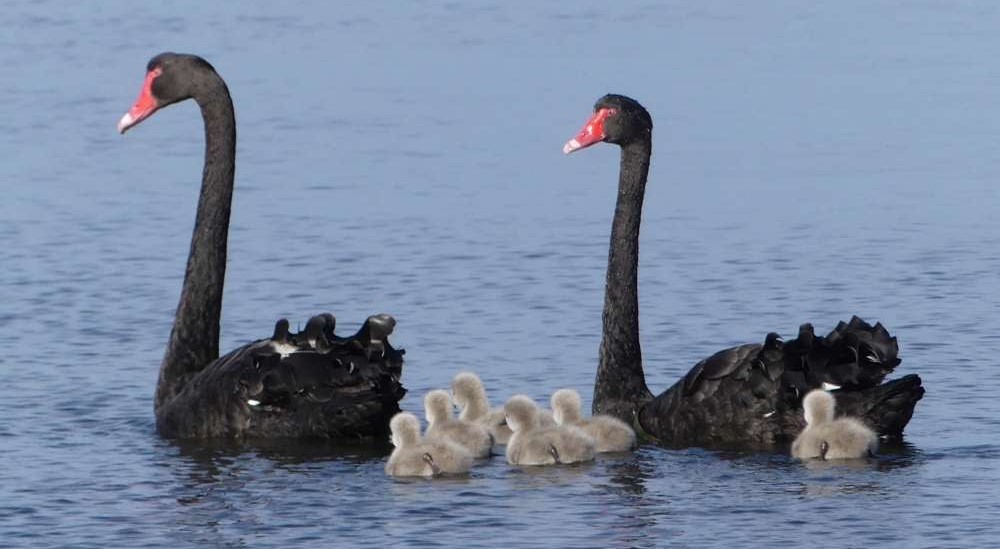
On any good day on the Mallacoota Inlet you could see as many types of waterbirds as you could at Fogg Dam. Fogg Dam has more egrets & geese, Mallacoota has more swans & pelicans. The only difference is that one is familiar, the other is foreign and exciting. (and, access and facilities for birdwatching are much much better at Fogg Dam, Mamukala & Yellow Water – congratulations to them!)
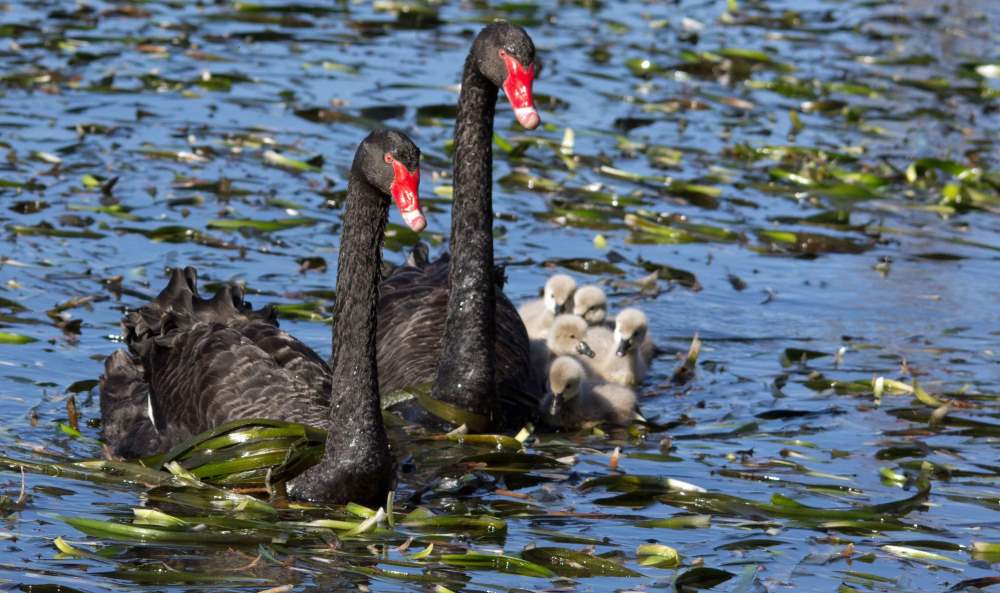
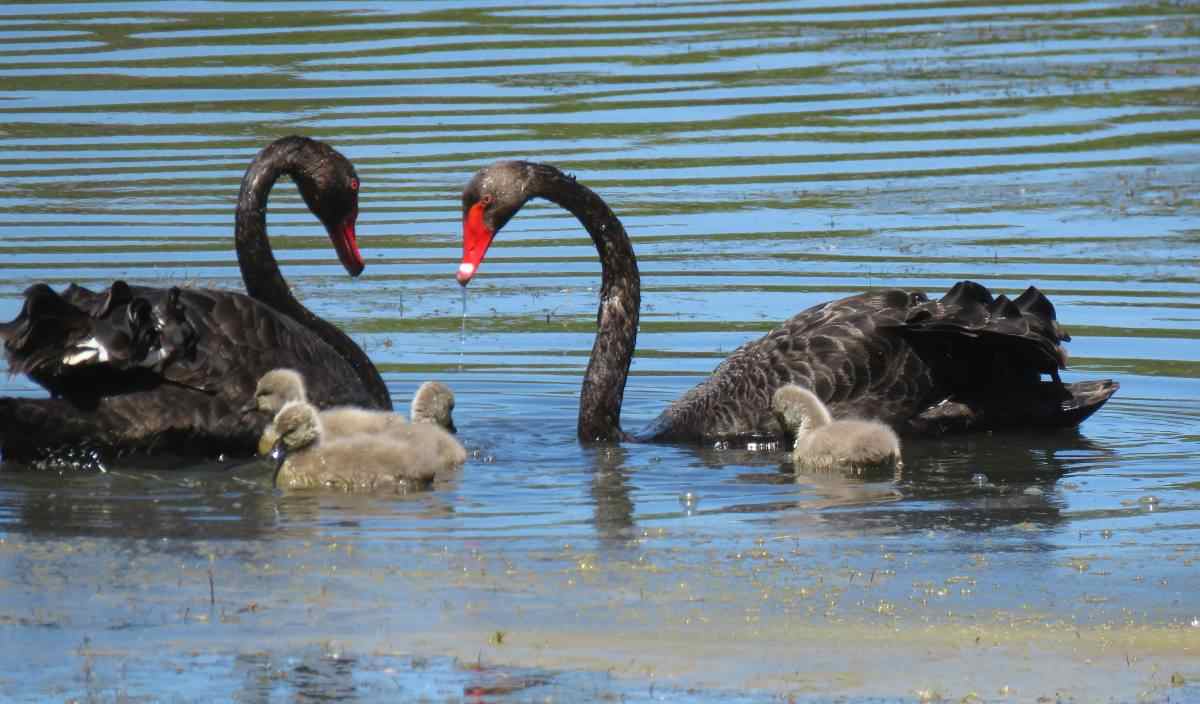
I think we tend to underrate the common, numerous, successful birds that live around us, Black Swans included. So here’s a bit about them that will blow your mind:
- Black Swans are absolutely huge. They can weigh up to 8.7kg, which makes them one of Australia’s largest flying birds. Our heaviest flying birds include Wandering Albatross: up to 11.2kg, Australian Bustard: 7kg (but rarely gets up to 14kg), Brolga: up to 8.7kg, Australian Pelican: up to 6.8kg.
- Having such a heavy body means a long run-up before take-off. Black Swans need 40 m of clear water to take off.
- They are the only all-black swans in the world, and they only live in Australia & New Zealand. South America has a swan with a black neck and white body. But all other swan species are white.
- New Zealand once had a native black swan pouwa that some sources suggest was a separate species, larger and heavier than ours, but it was driven extinct around AD 1450 on the mainland, and 1650 on the Chatham Islands. Other sources believe it was the same species as the Australian Black Swan. Australian Black Swans were introduced to New Zealand in the 1860s, and numbers grew fast, but possibly some swans also migrated from Australia naturally.
- Black Swans moult all their flight feathers once a year, usually around January/February, and this means they can’t fly. You will see them gathering on large lakes at this time.
- About one quarter of all Black Swan pairs are homosexual males. They are very successful at raising cygnets and achieve higher cygnet survival rates than female-male pairs. They will steal eggs from another pair or induce a female to lay for them.
- Most swans in the huge flocks we see are unpaired and don’t breed.
- Incubation of eggs takes ages: 32 to 40 days. Most of the nest incubating is done by the female, but the male can and does help. This is unusual in waterbirds. Read more: https://nzbirdsonline.org.nz/species/black-swan
- Black Swan eggs are huge, and have a greenish tinge. Eggs measure about 10cm long by nearly 7cm wide. See pics in this fascinating blog post by John Hutchison: https://avithera.blogspot.com/2019/10/pacific-gulls-scavenging-swan-eggs.html
- Have you ever seen a family of Black Swans with a number of cygnets, then found that the number has decreased or increased suddenly? Ken Kraaijeveld from Melbourne University has discovered that Black Swans engage in ‘brood amalgamation’: cygnets leave their parents to join another family. Read more: https://myswan.science.unimelb.edu.au/research/publications/
- In Melbourne, a group of scientists are doing research on Black Swans and get members of the public to keep tabs on them. They have collared several swans, black for males, white for females – if you see one and get the number you can find out about them on this site: https://myswan.science.unimelb.edu.au/
- A Black Swan event is a term for an unexpected, negative event, that can be understood in hindsight, but not with the information that was available at the time. It stems from the surprise of Europeans at discovering that after hundreds of years of believing all swans were naturally white, they came to Australia and found a swan that was black. Read more: https://theconversation.com/friday-essay-a-rare-bird-how-europeans-got-the-black-swan-so-wrong-161654
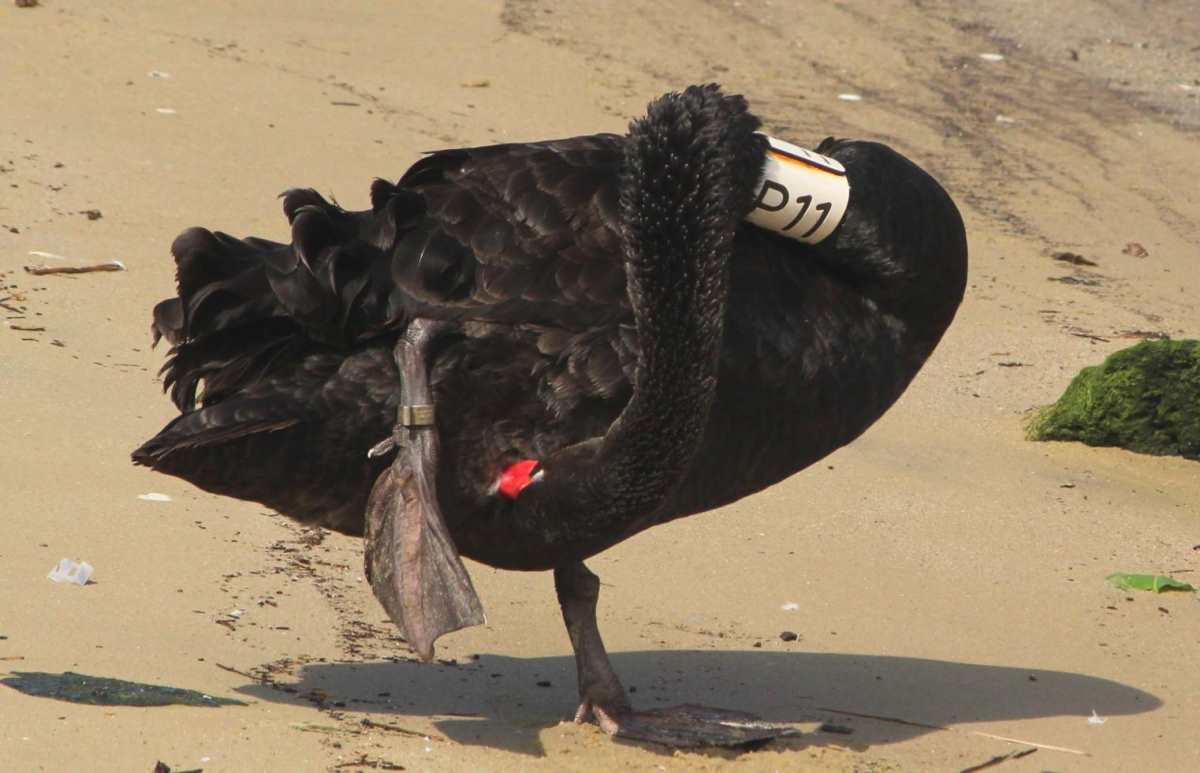
P11 a female swan I see often on the Yarra River at Port Melbourne. She is 9 years old and unmarried.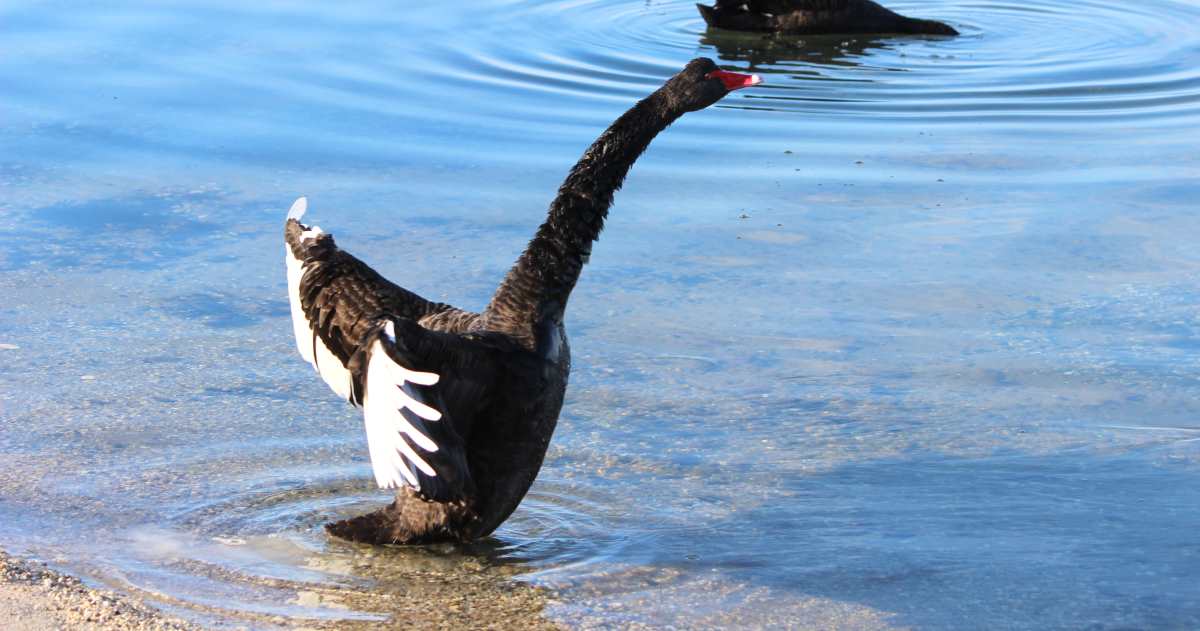
Black Swan Raymond Island by Janine Duffy..
LISTEN TO THE CALLS and scroll through to see lots of great pics here: https://ebird.org/species/blkswa?siteLanguage=en_AU
Details: Black Swan Cygnus atratus
Location: eastern Australia from Eyre Peninsula SA to Cairns QLD, TAS, WA in a coastal strip. Occasionally more inland when conditions are wet.
Conservation status/learn more: https://www.birdlife.org.au/bird-profile/black-swan
Thanks to Jack Winterbottom, Martin Butterfield, John Hutchison and Hayley Forster for your wonderful pics and information.
Previous Bird Of The Month posts can be found here: https://mallacootabirds.travel.blog/

